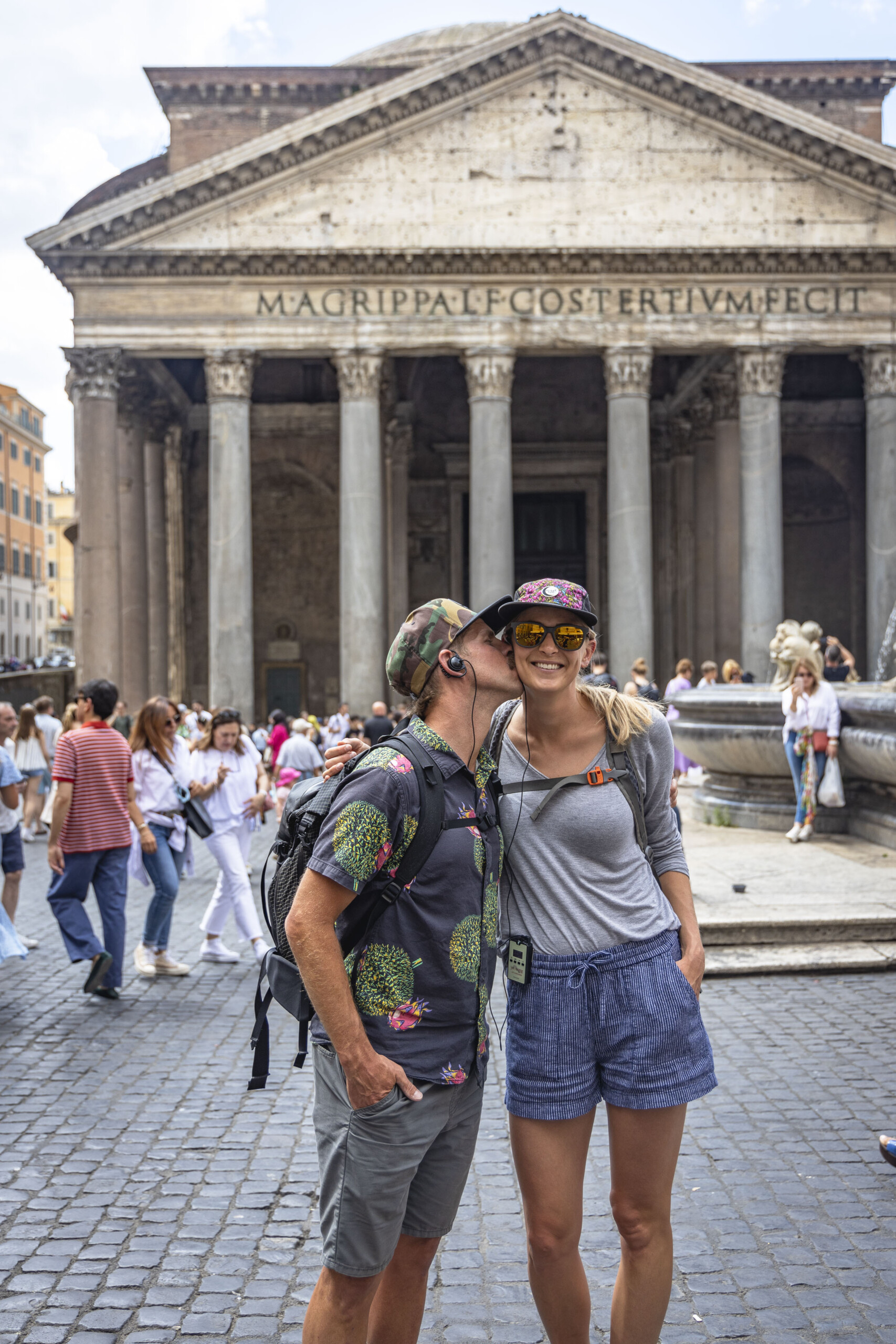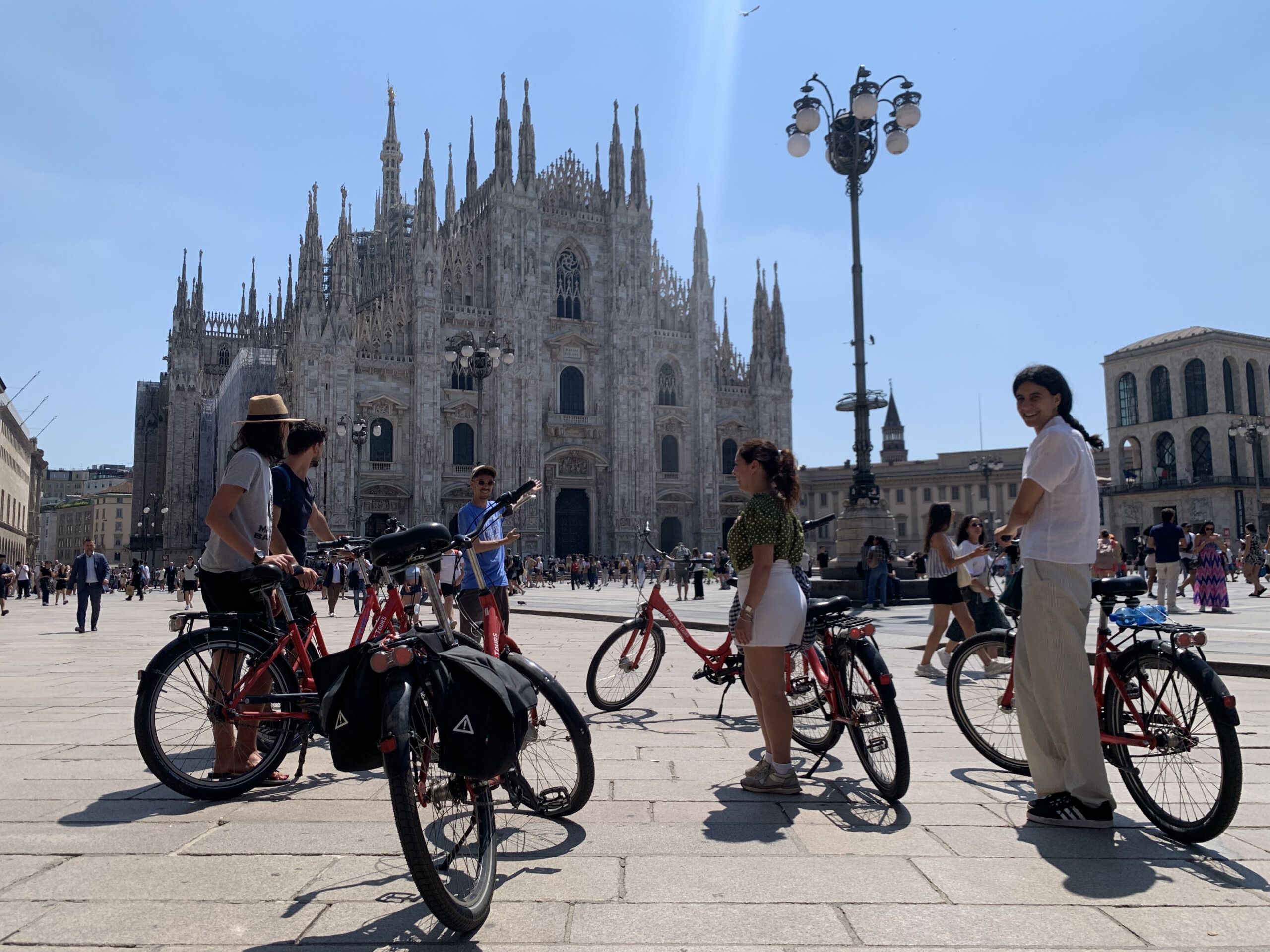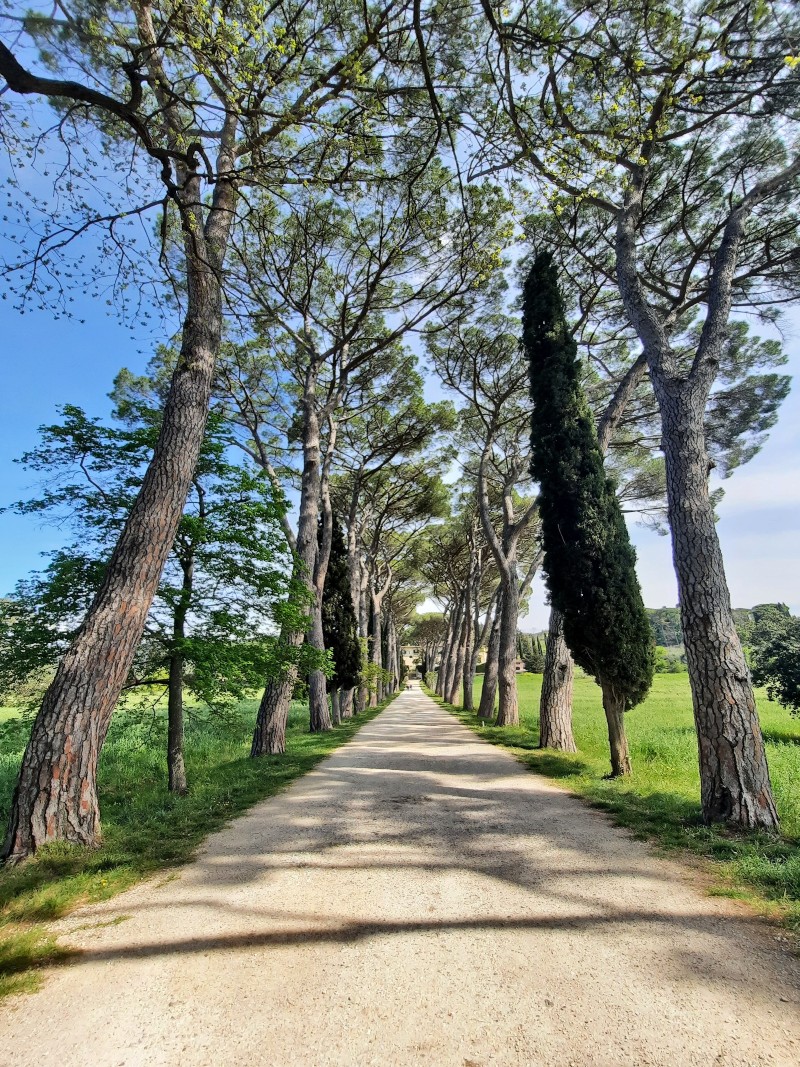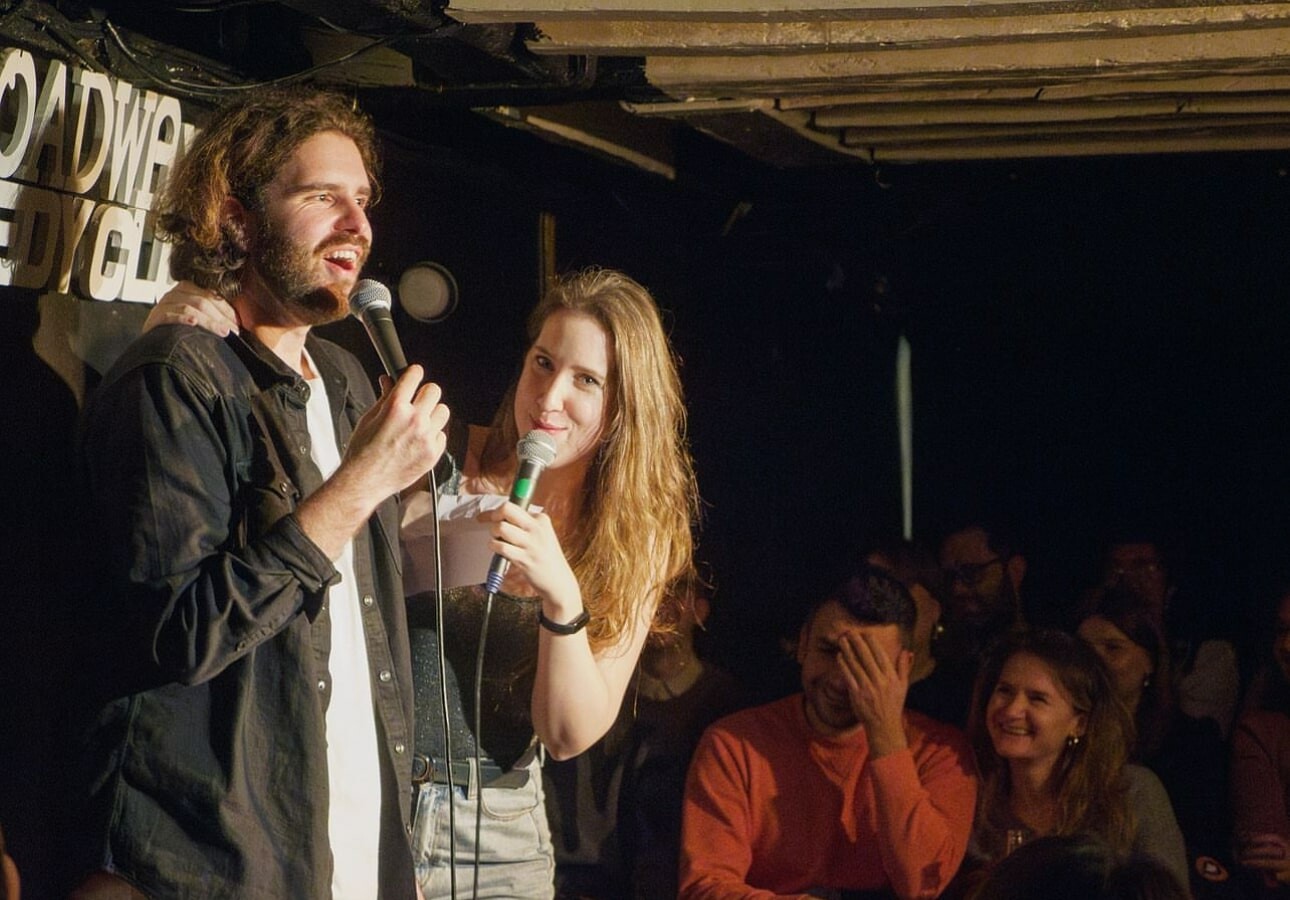By Timothy Palma
Berlin boasts the highest concentration of academic activity in Germany, being home to four large public universities and over twenty-five private and professional schools. More than 165,000 students are currently enrolled in Berlin Universities, which, over the past century, have been home institutes to over 55 Nobel Laureates. The remarkability of these universities has only increased with the recent announcement by the German government that all of the nation’s public universities are free of charge to students.
The oldest of these Berlin universities, called Humboldt, is in the city center, on Bebelplatz. As such, it is one of the many historic sites seen on Fat Tire Tours, including the All-in-One City Tour, Segway tours, and the specialty Third Reich Tour. The main Humboldt building, lining one entire block of the gorgeous Unter den Linden, was originally built by the Prussian king Frederick the Great between 1748 and 1766. However, for all his enlightened tendencies evident in so many of the buildings on Bebelplatz, Frederick’s initial plan for the building was not a public university but rather, and quite to the contrary, a bachelor pad for his younger brother Prince Henry. Only in the mid 19th century was the building donated by subsequent King Frederick III, establishing the first major public university of the city Prussian capital.
Since then, the university has grown and transformed. With the unification (and thus creation) of Germany in 1871, Humboldt changed from being a Prussian institute to a German institute. Following the turn of the twentieth century and through the roaring twenties, the University flourished as a epicentre of the sciences and humanities, only to become a Nazi establishment until the fall of the Third Reich. During the second half of the twentieth century, Humboldt was part of East Berlin, and was thus a communist university. This led the West Berliners to build their own university, called Freie Universitat, or the Free University. Following the reunification in 1990, Humboldt University became again and remains an open institution, as well as one of Berlin’s many points of pride. Through its many transformations, an astounding amount of internationally celebrated figures have graced the halls of Humboldt, including Otto von Bismark, the Brothers Grimm, Schopenhauer, Hegel, de Sausure, Walter Benjamin, W.E.B. duBois, Marx and Engels, and Albert Einstein.
Humboldt maintains formal contact with over 100 institutions outside of Germany. Not only do the free German classes and numerous English-languages courses make studying at Humboldt easier for non-German academics, but the recent free-of-charge policy at German universities includes not only students from across the European Union, but from across the world. It is no surprise, therefore, that of the 32,000 students currently enrolled at Humboldt, 15% are from outside Germany, including over 100 countries of origin. And so, while it remains highly significant within the historical schemes of Berlin, Prussia and German, Humboldt University today exists as a remarkably international institution.




